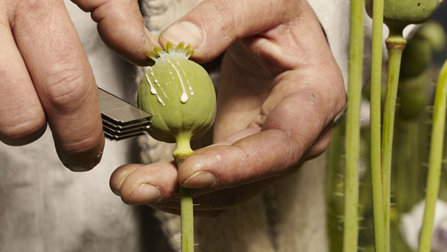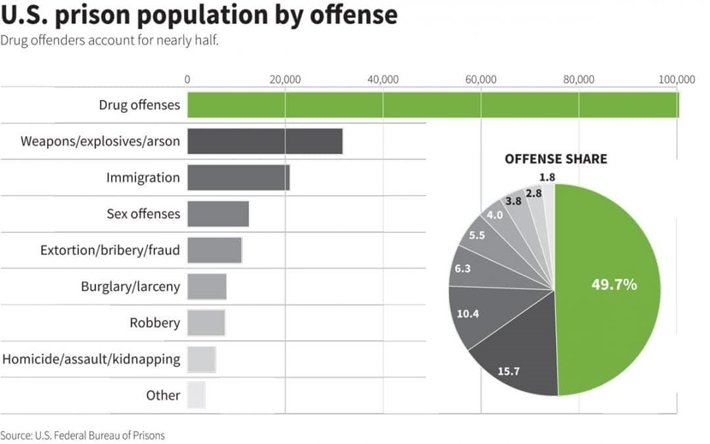Operation Enduring Freedom and the US Opiate Epidemic

The opiate epidemic in the United States has been an ongoing issue since it was introduced in the late 1800s.
First came morphine which was considered a miracle drug. It was given to people for pain management and cough suppression. Heroin was then used and marketed as an alternative to morphine without its addictive side effects. However, not long after, people started using heroin recreationally.
In 1924, Congress banned heroin and many opiate analog derivatives due to their addictive properties. There have been two major heroin epidemics in the United States—one after World War II and the other during and after the Vietnam War. Both epidemics subsided to a certain degree because of the lack of purity and availability of heroin.
The attacks at the Pentagon and the World Trade Center on September 11th, 2001 transformed the way of life for many. The United States blamed Osama Bin Laden and his jihadist extremist group, al-Qaeda. Bin Laden and his organization took refuge in Taliban-controlled Afghanistan. The Taliban took over after the Soviets withdrew from Afghanistan and proceeded to implement many policies that included suppression of basic human rights, public executions, and the cessation of opiate poppy cultivation.
Per the Center for Research on Globalization: “The Taliban government—in collaboration with the United Nations—had imposed a successful ban on poppy cultivation. Opium production declined by more than 90 percent in 2001.”
Operation Enduring Freedom began on October 7th, 2001. The US-led coalition forces commenced an aerial bombing campaign to target al-Qaeda and Taliban forces. The US and Allied ground forces began to set foot in northern Afghanistan, first taking over the city of Kabul. In December of that year, the last of the Taliban strongholds fell and the remaining Taliban and al-Qaeda forces retreated to caves in the mountainous regions of Afghanistan. Insurgent forces fought a guerrilla war out of neighboring Pakistan. Allied forces held elections for a new Afghan government in October of 2004. After most of the coalition forces left, the United States kept troops in Afghanistan to provide security, train Afghan police and military forces, and work as advisors to the new Afghan government.
A surge in opium cultivation production coincided with the fall of the Taliban regime and the graph below shows the increase of hectares grown in Afghanistan from 1994 to 2016.

This increase of poppy cultivation in Afghanistan correlates with the heroin and prescription opiate and opioid epidemics we are seeing in the present. “There were 189,000 heroin users in the US in 2001, before the US-NATO invasion of Afghanistan. By 2016, that number went up to 4,500,000 (2.5 million heroin addicts and 2 million casual users.” —Centre for Global Research.
There is more heroin on the streets than ever before. Pharmaceutical companies are bribing doctors and offering bonuses to them to prescribe large amounts of opioids such as oxycodone and hydrocodone. These substances are known to present a high risk for addiction. Doctors are irresponsibly not following up with patients to reduce the chance of addiction. It, unfortunately, has become a cash grab for these pharmaceutical companies who do not care about the lives they are helping to destroy.
Many heroin addicts began by using prescription medications. Once the doctors ceased filling up their prescriptions, they were left with a full-blown addiction, turning to heroin to satisfy their needs. Heroin is not regulated, and every dose is different. There has also been a recent spike in fentanyl-laced heroin overdoses. According to this graph by the CDC, opiate and opioid overdoses have increased nearly sixfold between 1999 and 2017.

It is no surprise that addicts find it nearly impossible to support their addiction while functioning as a successful member of society. Drug addicts find it increasingly difficult to hold a job and pay bills. Some turn to crime to support their habit. Incarceration rates have increased in the last few years. In fact, most people in prison are there for having committed a drug-related crime.

Drug addiction becomes an endless cycle that mostly ends up with the addict dying or being incarcerated. If you or a loved one are struggling with drug addiction, seek help. It is never too late to break the cycle.
